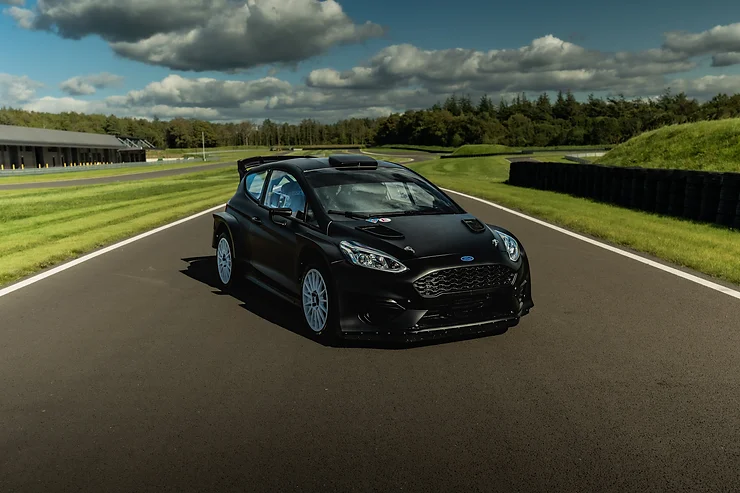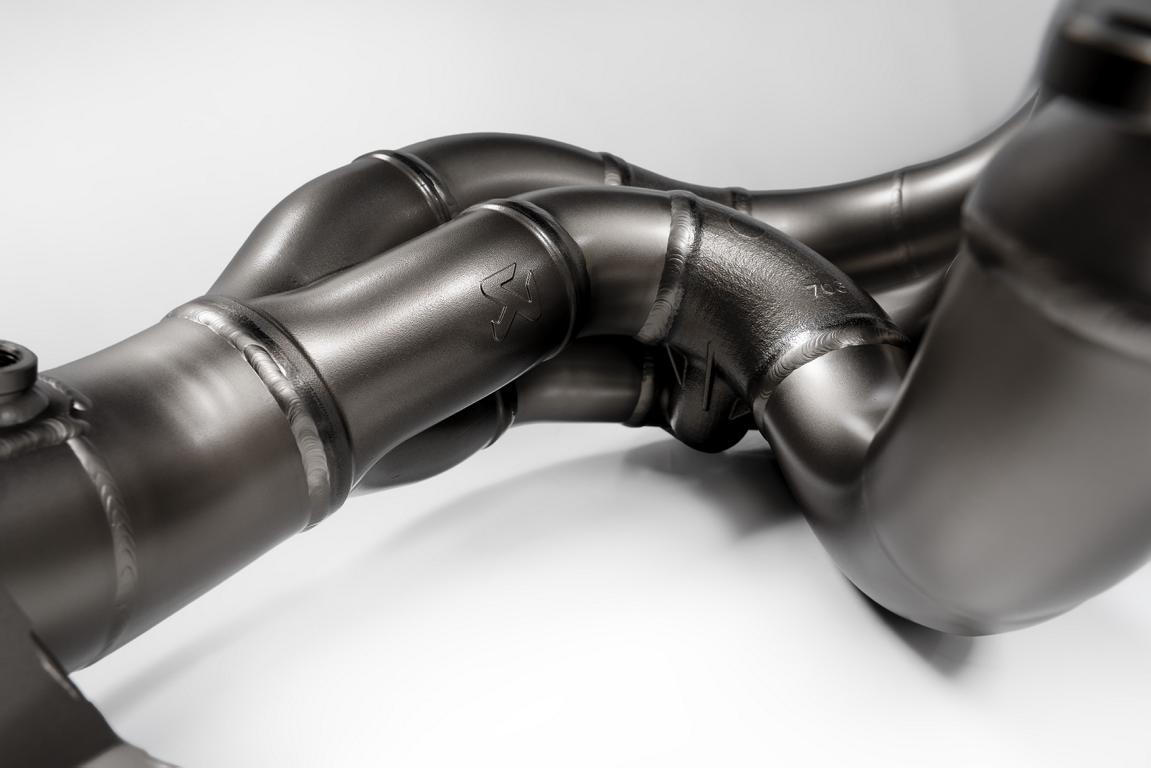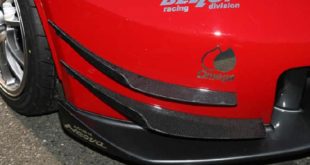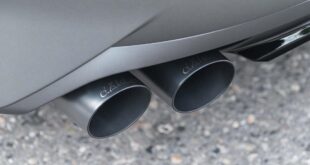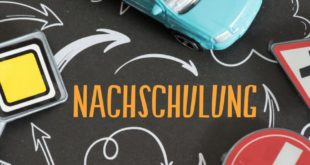Recently updated on September 19, 2023 at 06:34 am
[Update: 19.09.2023] This post was updatedto take more recent information into account. If you are planning to register imported vehicles or the approval of important vehicle parts from countries outside Europe, the Approval, i.e. the testing and approval of vehicles or vehicle parts, is an essential step. The support of qualified test engineers with extensive experience is essential to assist with type approval. The experts accompany the entire approval process, check vehicles and vehicle parts for compliance with EU directives and ECE regulations and take care of the correct technical documentation of type approvals/certification. They also help with complex questions and unclear requirements of the test basis.
the homologation
Homologation is the issuance of approval by an official authority, such as a court, government department, or academic or professional institution, that operates to strict rules or standards to decide whether approval should be granted. In this context, homologation also stands for "Type approval“ and refers to the international registration of vehicles or vehicle parts in the European Union.
This means that before vehicles or vehicle parts can be used in Europe, authorization to manufacture or place them on the market is required. Without this, the vehicles cannot be registered in Europe. The homologation is also important for national and international sales, since the sale of passenger cars and car parts always requires the appropriate permits from the respective destination countries and the EU.
Therefore, when registering imported vehicles, it is important to be aware of the requirements and it is better to use a homologation service than to go it alone. This special technical service enables homologation tests in accordance with the applicable framework guidelines, so that you can ensure, in close cooperation with the experienced experts and test engineers, that the decisive requirement before a car import is professionally met.
many things must be fulfilled
Homologation is of great importance as there is an extensive list of requirements before an imported vehicle or certain components can be registered must be fulfilledto be approved for German road traffic. Since not every imported vehicle meets these requirements, a licensing procedures indispensable for every component and vehicle. Strict regulations, EU directives and the German Road Traffic Licensing Regulations (StVZO) apply, especially for safety-relevant, very new and unusual technologies and components, which must be observed for the certification of motor vehicles.
The StVZO is one of the most important bases for homologation in Germany. The testing engineers mentioned at the beginning who are trained on this base their testing on this important benchmark. As part of the overall approval, components and safety-relevant elements such as belts, brakes, airbags and other aspects are checked. Checking compliance with emission regulations is also part of the check before homologation. Overall, homologation is a crucial step to ensure that imported vehicles and vehicle parts meet the high standards and requirements necessary to operate on European roads.
Motorsport homologation: More than just a fancy word!
Motorsport homologation – it sounds complicated at first, but in reality it is simply a matter of competition vehicles and race tracks getting the green light from official sports authorities. Motorsport homologation basically means: “The thing complies with the regulations and is officially allowed to compete“. Before a vehicle can accelerate in the big races, it must be described on a so-called homologation sheet and approved by the higher-ups. It's like getting your grandma's permission to build your own kite before jumping off the hill.
- Motorsport homologation: And now it gets exciting, because not only does the entire vehicle have to go through the check, individual parts such as the sparkling headlights, the sleek roll bar and even the fire extinguisher in the trunk also have to comply with the regulations. And of course the racing drivers' equipment shouldn't be missing: the stylish helmet, the cool gloves, the fireproof outfit and even the underwear have to fit!
- But wait a minute, here's the kicker: For some racing classes it is not enough to just build a few special racing cars. Nope, the manufacturers have to street legal models produced by the speedsters so that they have a chance of being approved for certain racing series. So next time you see a sleek car on the road, it could be a distant relative of a real race car!
ECE homologation: an overview
- ECE homologation: A supranational system for the registration of motor vehicles and parts.
Principle of reciprocity:
- All countries in the 1958 ECE Agreement can register a vehicle or part.
- If a part (e.g. headlight) has been approved in one country (e.g. Italy), it must also be accepted by all other countries that have recognized the rule.
- Means less bureaucracy: National approvals are often unnecessary (e.g. regulated by Section 21a StVZO in Germany).
ECE vs. EG systems:
- EC system: only in Europe.
- ECE: Since 1997, non-European countries have also been able to join.
- Many countries accept ECE type approvals. Exceptions include India, China and the USA (FMVSS standard).
- Vehicles often come in three versions: left-hand drive, right-hand drive and US version.
Germany:
- General operating permit (ABE): For parts without ECE regulations. Eg brake discs. Replaced by European Type Approval (ETG) from 2009.
- Individual operating permit: For individually manufactured vehicles, small series or imported vehicles without ECE/EC type approval.
- Teilegutachten: for parts without ECE or ABE. Required after installation, acceptance and change entry.
Japan: TRIAS
- Japanese version of ECE homologation. Valid in the EU if the EURO emissions standard is met.
China: CCC
- Chinese homologation. “CCC” = “China Compulsory Certification”.
- Similar to the German ABE system.
- Standards mostly based on GB standards or IEC standards.
Practical implementation:
- ECE homologation is granted by the national authority after submission of a test report.
- Test report from accredited technical services (e.g. TÜV SÜD, GTÜ).
- Testing by experts, e.g. at TKG, TNO or VCA.
- Source: Wikipedia
Of course, that wasn't the end of it.
tuningblog.eu has a lot of other articles on the subject of auto & tuning in stock. Do you want to see them all? Just click HERE and look around. But also planned changes in the law, violations in road traffic, current regulations in the field of STVO or on the subject inspection we would like to inform you regularly. Everything you can find in the category "Test sites, laws, offenses, information". Click on one of the following posts!
 tuningblog.eu Your magazine about tuning the car
tuningblog.eu Your magazine about tuning the car
